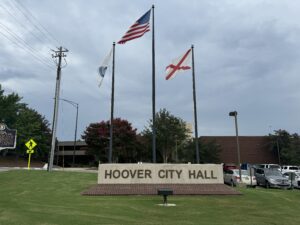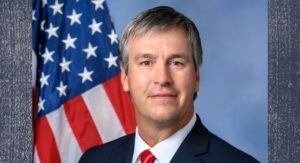New investment fuels aerospace job growth across Alabama
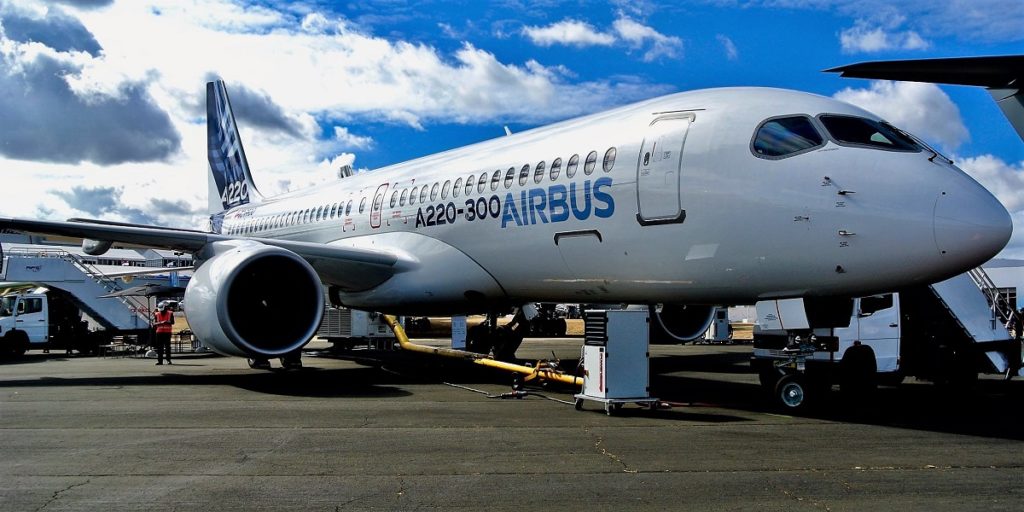
Momentum continues to build in Alabama’s aerospace industry, which is adding new investments and hundreds of jobs to produce innovative, in-demand products in communities across the state. In 2017 alone, there were announcements totaling nearly $690 million and 1,750 jobs. Those numbers increased the sector’s cumulative investment over the past seven years to almost $2.4 billion, along with 8,348 aerospace and defense jobs during the same time period. This year, there’s a hiring surge, as the plans become reality. And more jobs are on the way. At last week’s Farnborough International Airshow, defense contractor BAE Systems and Carpenter Technology Corp., a maker of premium metals and alloys used in the aerospace industry, announced expansions of their Alabama operations. Together, these projects will create more than 250 jobs in north Alabama. Meanwhile, growth plans are already in place for aerospace companies operating across the state. Airbus’ Alabama factory, for instance, is in linefor 600 new jobs, thanks to a planned second assembly line for the Bombardier C Series jetliner (renamed the A220), as well as a potential increase in the production of A320 Family aircraft. GE Aviation plans to double its 90-member Huntsville workforce in the coming year and increase to 300 when the new factory complex for silicon carbide materials reaches full production. The company is also adding workers at its Auburn facility, which mass produces a jet engine fuel nozzle using additive manufacturing, or 3-D printing technologies. Targeting growth Aerospace companies from around the world are seeing that Alabama offers plenty of advantages to help them expand their business, said Greg Canfield, secretary of the Alabama Department of Commerce. “From complex military weapons systems to innovative passenger aircraft, and many of the break-through technologies that power them all, Alabama is home to an impressive array of the industry’s leading products,” Canfield said. “How do we do it? In Alabama, we take partnerships very seriously. A company’s strategic vision and expertise, coupled with the skill and dedication of our highly trained workforce, is always a winning combination.” Canfield joined Gov. Kay Ivey and an Alabama team at Farnborough for appointments with executives of 16 aerospace companies, including Airbus, Boeing, Leonardo and GE Aviation. The talks were aimed at bringing home new investment and jobs in the aerospace sector. Aerojet Rocketdyne One of last year’s key announcements was Aerojet Rocketdyne’s $46.5 million, 800-job expansion project in Huntsville. The company is consolidating its Defense division headquarters and Rocket Shop advanced programs to the Rocket City, where it has had a presence for more than 50 years. It has also moved into a new office space at Cummings Research Park and is building a new Advanced Manufacturing Facility that will produce subassemblies and components for the AR1 rocket engine, composite cases for rocket motors, 3-D printed rocket engine components and other parts. James Ramseier, site leader for operations at the Huntsville Advanced Manufacturing Facility, said construction is about 60 percent complete and right on schedule. “We plan on opening that facility in December of 2018, and initially in 2019, we are going to go through product verification. In 2020, we will ramp up to full production,” he said. Ramseier said everyone in Huntsville, from major business groups to individual building inspectors, has been supportive and welcoming. “The culture here is, ‘Let’s all work together to help make you successful,’” he said. “It’s a pleasure working in an environment where people want you to succeed. “You don’t feel like a stranger. As soon as you move here, you’re part of the family.” Aerojet Rocketdyne’s hiring plans are moving forward as well, with support from Alabama’s top worker training agency. “AIDT is fantastic. We’re working with them every week on developing our training plans and material, and they have been outstanding to work with,” Ramseier said. Forging partnerships The company is also impressed with the ties between business and education in the community, said Bill Bigelow, chief of defense communications. “The partnerships here are very attractive to us,” he said. “We’re growing the future workforce, as we grow our presence here in Huntsville, partnering with Alabama A&M University, the University of Alabama in Huntsville and other area educational institutions, as well as the chamber of commerce and the mayor’s office.” Bigelow said the Tennessee Valley is clearly committed to bringing in the types of jobs and training programs that will grow a generational workforce. “The knowledge and the history in all things aerospace, missile-defense and industrial base operations is here, and Aerojet Rocketdyne wants to leverage that community expertise both now and well into the future,” he said. Republished with the permission of the Alabama Newscenter.
Personnel note: UAH President Robert Altenkirch announces retirement
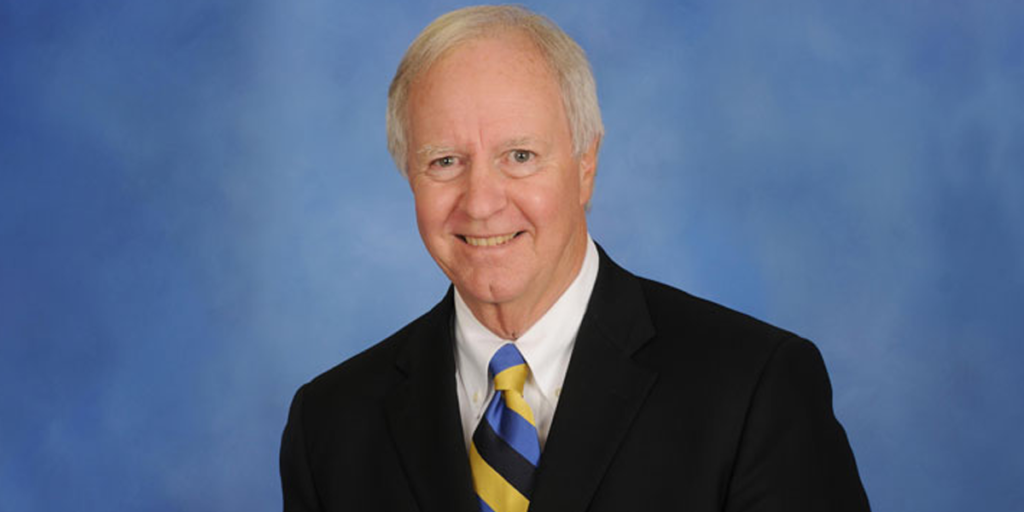
Robert Altenkirch, president of The University of Alabama in Huntsville announced his retirement on Monday. Altenkirch sent a memo making the announcement to faculty, staff, and students. “It is an honor, a privilege, and a pleasure to serve as President of The University of Alabama in Huntsville, and I look forward to us continuing on our trajectory of progress this coming academic year,” Altenkirch wrote. In the memo, the 70 year old who’s in his seventh year at UAH, detailed he will remain in position during the 2018-2019 academic year until his successor is chosen. Altenkirch has served as the president of UAH since September 2011. Prior to that, he was president of the New Jersey Institute of Technology. Huntsville Mayor Tommy Battle said he appreciates all of Altenkirch’s hard work. “President Altenkirch’s success at UAH is clear to see. The City of Huntsville is appreciative of all his hard work on behalf of UAH to achieve record setting results that have had a direct impact on the lives of students and the economy of the Rocket City,” Battle said. “Bob has been a great partner to Huntsville and the entire North Alabama region, and we wish him all the best in his retirement.”
Women of Influence: NASA astrophysicist Dr. Colleen Wilson-Hodge
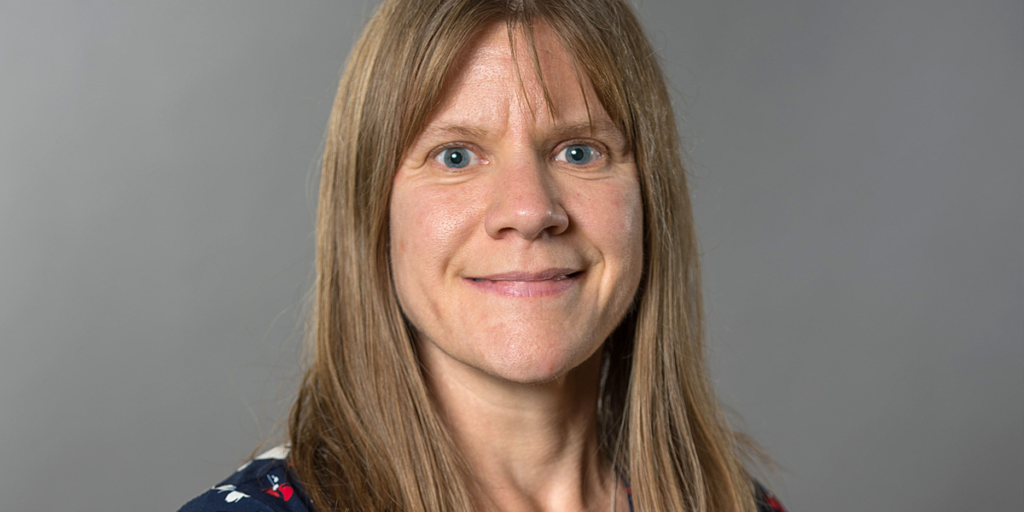
Alabama has been home to many pioneers in many different industries, but after several new astronomic discoveries, long-time Huntsville resident and NASA astrophysicist Dr. Colleen Wilson-Hodge has set herself apart in a big way. From an early age, Wilson-Hodge had a love for astronomy and space few could match. In the sixth grade, she took an overnight field trip to the Space and Rocket Center in Huntsville, Ala., where she toured NASA’s Marshall Space Flight Center. “I think that was the first time I realized I could actually work for NASA as a grownup,” she said. In college she became a NASA co-op student, alternating between classes and working for NASA she met Dr. Gerald Fishman, who was managing the Burst and Transient Source Experiment (BATSE) at the time. She caught his excitement for the project, and began studying gamma ray bursts in 1989. Wilson-Hodge graduated with a Master’s degree in Physics from the University of Alabama in Huntsville in 1996, and immediately began studying for her Ph. D. in Astrophysics, which she obtained in 1999. In 1999 Wilson-Hodge discovered a special type of pulsar called an X-ray pulsar, which led her to the finding of two new stars. X-ray pulsars emit X-rays and gamma-rays and are powered by accretion, stars gobbling up material from a companion star. “For just a little while, the universe is putting on a show that only I, and members of the gamma-ray team know about,” Wilson-Hodge told the Marshall Space Flight Center. She continued to work on the BATSE project until 2000, when the monitor was de-orbited. Wilson-Hodge continued working at the Marshall Space Flight Center, and made another discovery in 2011, when she and her team revealed unexpected changes in X-ray emission from the Crab Nebula. “For 40 years, most astronomers regarded the Crab as a standard candle,” she told UAH. “Now, for the first time, we’re clearly seeing how much our candle flickers.” In August of 2017, Wilson-Hodge and the Fermi Gamma-ray Burst Monitor (GBM) team gave the world its first detection of light from the same source as gravitational waves, which according to NASA are “ripples in space and time.” “This new way of learning about the universe is kind of like gaining a new sense. It’s as if we’ve been watching the news for all of human history, but the T.V. has been on mute, now with gravitational wave detectors, we’re finally able to turn on the sound,” said Wilson-Hodge’s associate Tyson Littenberg. “When we built GBM and launched it on Fermi in 2008, we designed it to detect gamma-ray bursts well,” Wilson-Hodge told NASA. “Back then, it was only slated to fly for five years. Today, GBM is at the forefront of an entirely new type of science, ushering in this new era of multi-messenger astronomy.” Her findings won her, and the GBM team the 2018 Bruno Rossi Prize, the top prize in high-energy astronomy. Wilson-Hodge is a extremely “bright star,” in the world of scientific discoveries, and was kind enough to take time out of her busy schedule to answer some of Alabama Today’s questions about her life, work and influences: How have other women influenced your success? Several women in my life have had a positive influence. The first is my Mom, Carol Wilson, who always encouraged me to pursue my dreams, even if they were out of the ordinary. She has always believed in me and celebrated my successes, and still does! Another was Ms. Sutherland, my high school speech and drama teacher. She taught me much about public speaking that I still use today. I hear her voice in my head sometimes when I’m preparing talks. Early in my career at NASA, I worked with mostly men. One woman did have a big impact on me though. Her name is Dr. Jean Swank. She was the project scientist for the Rossi X-ray Timing Explorer, a satellite that I used quite a bit of data from in my PhD Dissertation. She is an excellent scientist and an extremely capable leader and she is a quiet person like me. She was my first in person example of someone like me leading a space experiment, something that I always wanted to do, and she was a mentor to me. More recently Dr. Linda Sparke from NASA HQ spent a year leading the project that I now lead. She is also an excellent scientist and leader and an extremely good reader of people. She was leading a project where she wasn’t the expert in the specific science area, so she led collaboratively, getting the inputs she needed from the experts on the team to make decisions. She wasn’t afraid to say she didn’t know, but knew where to go to get the information. She was a great mentor to me as I became the principal investigator of the Fermi Gamma-ray Burst Monitor. What shaped your desire to work with NASA, specifically high energy astrophysics? I was fascinated by the Voyager images coming back from Jupiter and later Saturn when I was a child. I would clip the photos out of the newspaper and collect them. In the third grade, I told my classmates I wanted to be an astrophysicist, partially because I liked the big word and partially because I was interested in space. In the sixth grade, my school from Athens, TN, took an overnight field trip to the Space and Rocket Center in Huntsville, Ala., where we toured NASA’s Marshall Space Flight Center. I think that was the first time I realized I could actually work for NASA as a grownup! When I was in college, initially at University of Tennessee in Chattanooga, I was hired as a cooperative education student at NASA MSFC. Initially I wasn’t working in astrophysics at all, and I thought my interest was to go into radio astronomy. While I was at MSFC, I walked down the hall to the Astrophysics Division and met Dr. Gerald Fishman who led the Burst and Transient Source Experiment (BATSE) which was to be launched on the Compton Gamma ray
Huntsville NASA scientist wins top astronomy prize
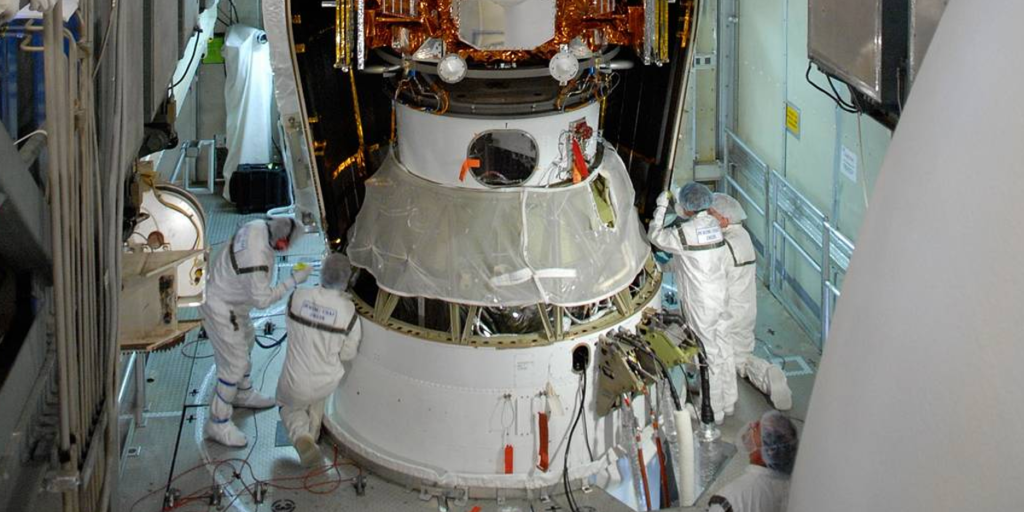
Huntsville, Ala. native and NASA astrophysicist Dr. Colleen Wilson-Hodge and the Fermi Gamma-ray Burst Monitor (GBM) team have been awarded the 2018 Bruno Rossi Prize, the top prize in high-energy astronomy. In August of 2017, the Gamma-ray Burst Monitor on NASA’s Fermi Gamma-ray Space Telescope detected something that scientists have suspected for decades; that a collision of two neutron stars would produce gravitational waves and create “short” gamma-ray bursts. Gamma-ray bursts are the most powerful explosions in the cosmos, and this particular burst was quiet abnormal. Wilson-Hodge and her team have the given the world the first ever detection of light from the same source as gravitational waves, which according to NASA are “ripples in space and time.” “When we built GBM and launched it on Fermi in 2008, we designed it to detect gamma-ray bursts well,” Wilson-Hodge told NASA. “Back then, it was only slated to fly for five years. Today, GBM is at the forefront of an entirely new type of science, ushering in this new era of multi-messenger astronomy.” Tyson Littenberg, a member of the LIGO Scientific Collaboration, the team that helped GBM realize the significance of their discovery, explains the encounter this way; “This new way of learning about the universe is kind of like gaining a new sense. It’s as if we’ve been watching the news for all of human history, but the T.V.has been on mute, now with gravitational wave detectors, we’re finally able to turn on the sound.” “Discovering the first unambiguous gamma-ray burst associated with a gravitational wave has been an extremely exciting discovery,” said Wilson-Hodge. “It would not have been possible without the incredible dedication and amazing scientific contributions of the entire Fermi GBM team.” Wilson-Hodge earned her Ph.D in Astrophysics from the University of Alabama in Huntsville, her love for the cosmos began in Elementary school, and only grew from there. In college she became a NASA co-op student, and met Jerry Fisher, he was working on the Burst and Transient Source Experiment at the Compton Gamma Ray Observatory at the time. His excitement for the project and for gamma-ray bursts were “infectious” to Wilson-Hodge, “this was something that was discovered almost within my lifetime, and I was just really excited and wanted to be a part of that.” she said in an interview with UAH. Wilson-Hodge has been on the forefront of many new discoveries in the cosmos, in 1999 she discovered two new kinds of pulsar called an X-ray pulsars, and in 2012 she discovered unexpected changes in X-ray emissions from the Crab Nebula.

